In the original mountains and rivers, every grass and tree has its purpose. Every plant in nature is a gift to humanity. We may pay more attention to flowers and herbs, but many wildflowers and grasses by the roadside also have magical uses.
You may have seen many of these before but not know their names. Today, let’s take a look at the medicinal herbs that grow by the roadside.
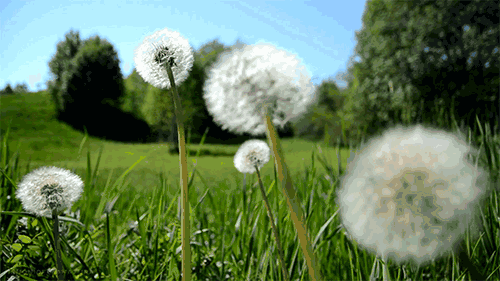
 「
「
Medicinal Herbs
」
The exploration of medicinal herbs by the Chinese people has a history of thousands of years. Legend has it that Shennong tasted hundreds of herbs and pioneered medicine, earning him the title of “Herb Emperor”.
Traditional Chinese medicine (TCM) mainly consists of plant medicines (roots, stems, leaves, fruits), animal medicines (internal organs, skin, bones, organs, etc.), and mineral medicines. Since plant medicines make up the majority of TCM, it is also referred to as traditional herbal medicine. Currently, there are about 5,000 types of medicinal herbs used across various regions, and the number of formulas created by combining different medicinal materials is countless.
The application theory of TCM is quite unique. TCM herbs have four qi (energies) and five flavors. The four qi, also known as four natures, refer to the cold, hot, warm, and cool properties of the herbs. The five flavors refer to the pungent, sour, sweet, bitter, and salty tastes of the herbs. The different qi and flavors of medicinal herbs lead to varying therapeutic effects.
However, all medicines have some toxicity. Without the guidance of a professional physician, one should not attempt to use these herbs on their own to avoid potential issues. Only under the guidance of a qualified doctor can the magical powers of these herbs be fully realized! Let’s take a look at the medicinal herbs around us!
Plantago (Che Qian Cao)
Plantago is highly adaptable and can be found throughout China, from the southern to northern mountains, fields, and riverbanks. It has a sweet taste and a cold nature. It has diuretic, heat-clearing, vision-improving, and phlegm-expelling effects.
It is primarily used for urinary obstruction, cloudy urine, leukorrhea, hematuria, jaundice, edema, dysentery, diarrhea, nosebleeds, red and swollen eyes, throat obstruction, cough, and skin ulcers.
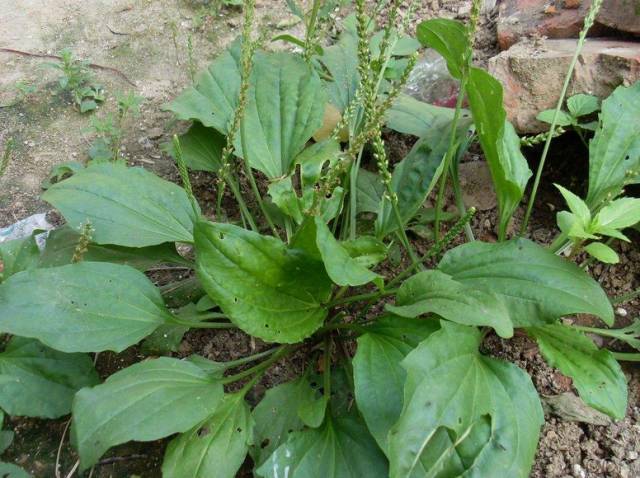
Honeysuckle (Jin Yin Hua)
Honeysuckle blooms in March, with five petals and a faint fragrance. The flower starts white and turns yellow after a day or two, hence the name Honeysuckle. It is also known as “Mandarin Duck Vine” because of its paired flowers that resemble a couple dancing together.
Honeysuckle has been praised since ancient times as an excellent medicine for clearing heat and detoxifying. It has a sweet and cold nature, is aromatic, and does not harm the stomach. It can disperse wind-heat and clear blood toxins, making it effective for various febrile diseases such as fever, rashes, and sore throat.

Dandelion (Pu Gong Ying)
Dandelion is a perennial herb of the Asteraceae family. Its seeds are covered with white tufts that form a fluffy ball, which disperses in the wind to propagate new life.
Dandelion contains various healthful nutrients such as taraxasterol, taraxinic acid, and choline, and has diuretic, laxative, jaundice-reducing, and bile-promoting effects. It is rich in protein, fat, carbohydrates, trace elements, and vitamins, making it a nutritious plant that can be eaten raw, stir-fried, or made into soup.
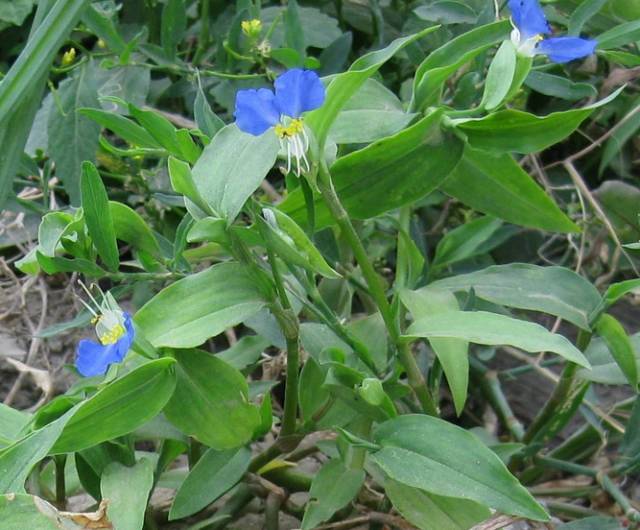
Duckweed (Ya Zhi Cao)
Also known as Orchid Grass or Bamboo Leaf Grass, it has rare blue flowers. It is harvested in summer and autumn and dried.
It is used for colds and fevers, thirst due to heat, sore throat, edema with reduced urination, painful urination, and boils.

Chui Pen Cao (Chui Pen Cao)
Chui Pen Cao has effects of clearing heat and detoxifying, clearing damp-heat, and reducing alanine aminotransferase. However, those with spleen and stomach deficiency and cold should use it cautiously. It treats burns, boils, mastitis, parotitis, erysipelas, and scars. Fresh herbs are generally collected, cleaned, and crushed for external application, changing the dressing twice a day for several days until healed.
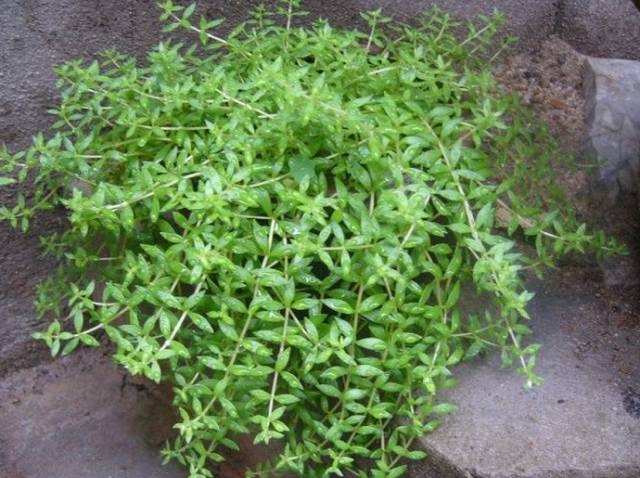
Oxalis (Suan Jiang)
Oxalis has many names, including Lantern Grass, Vinegar Mother Grass, and Lantern Child. It has different names in various regions.
It has effects of clearing heat and dampness, expelling phlegm, stopping cough, and softening hard masses. It is used for damp-heat jaundice, urinary difficulties, chronic cough and asthma, malnutrition, scrofula, chickenpox, eczema, and boils.
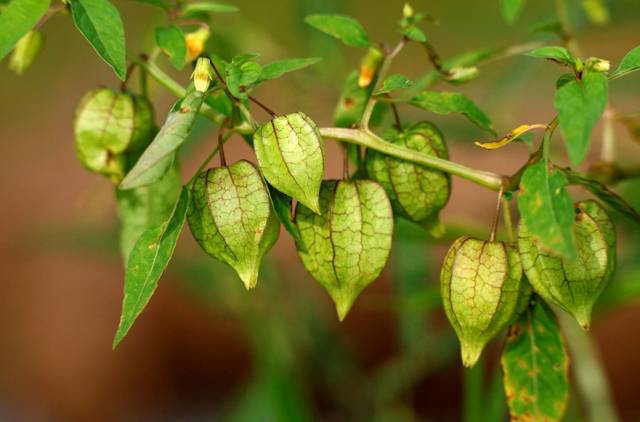
Common Burdock (Cang Er)
Cang Er is a well-known plant that is toxic, with the whole plant being poisonous. The young shoots and fruits are the most toxic, containing toxic proteins and glycosides that can damage the heart, liver, and kidneys and cause bleeding.
It dispels wind and heat, detoxifies, and kills insects. It is used for headaches, dizziness, dampness, red eyes, and skin itching.
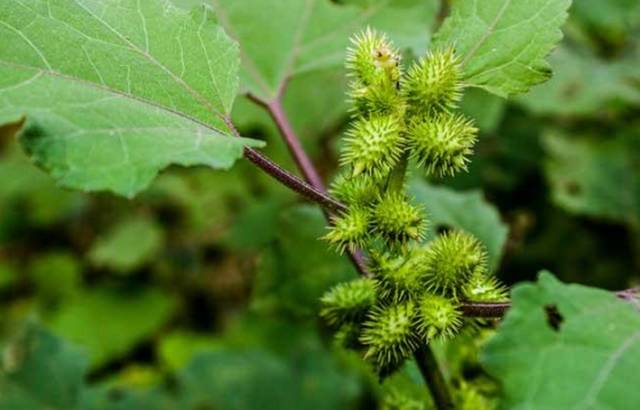
Marsh Mallow (Ma Lan Tou)
Another common wild vegetable, also known as Ma Lan, Jiejian Ju, and Chicken Intestine. It is a perennial herb of the Asteraceae family. The whole herb is used medicinally. It has a cool nature and a pungent taste. It enters the Taiyin Lung and Jueyin Liver meridians. It cools the blood, clears heat, promotes dampness, and detoxifies.

Shepherd’s Purse (Yao Cai)
Also known as Hu Sheng Cao, Xiang Tian Qi, and Lan Gu Cai. It is a cruciferous plant. The whole herb is used medicinally. It has a neutral nature and a sweet taste. It enters the Shaoyin, Taiyin, and Jueyin meridians. It harmonizes the spleen, promotes urination, stops bleeding, and improves vision. It is used for dysentery, edema, gonorrhea, chyluria, hemoptysis, hematochezia, menorrhagia, and red, painful eyes.

Common Thistle (Xiao Ji)
Also known as Ci Er Cai, Cat Thistle, and Wild Red Flower. It is a member of the Asteraceae family. The whole herb or root is used medicinally. It has a cool nature and a sweet taste. It enters the Liver and Spleen meridians. It cools the blood, dispels stasis, and stops bleeding. It is used for hemoptysis, epistaxis, hematuria, blood-tinged urine, and acute infectious hepatitis.

Water Celery (Shui Qincai)
It belongs to the Apiaceae family. The whole herb is used medicinally. It has a cool nature and a pungent taste. It calms the liver, releases the exterior, and promotes rashes. It is used for early-stage measles, hypertension, and insomnia. When foraging, be cautious as there is a toxic variety that grows in scattered areas, while water celery grows in patches near water or wetland.

Cilantro (Tian Hu Sui)
Also known as Po Tong Qian, Chicken Grass, and Pan-Shang Yan Qian. It is a member of the Apiaceae family. The whole herb is used medicinally. It has a cold nature and a bitter, pungent taste. It clears heat, promotes urination, reduces swelling, and detoxifies. It is used for jaundice, dysentery, gonorrhea, urinary difficulties, eye disorders, sore throat, and boils.
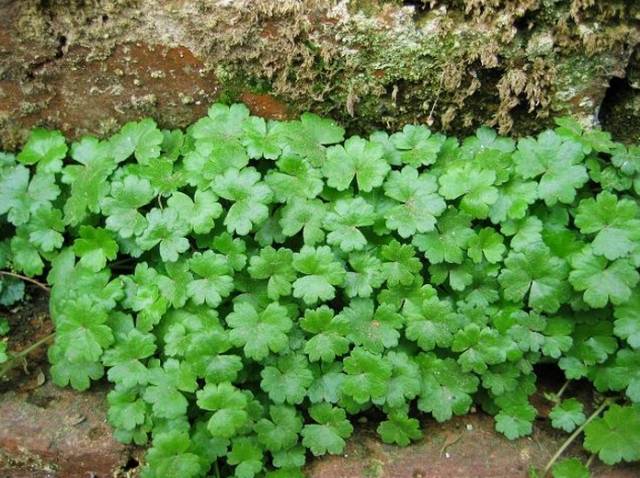
Oxalis (Cu Jiang Cao)
Also known as Three-leaf Acid Grass, Vinegar Mother Grass, and other names. It belongs to the Oxalidaceae family. The whole herb is used medicinally. It has a cold nature and a sour taste. It enters the Yangming and Taiyang meridians. It clears heat and dampness, cools the blood, disperses stasis, reduces swelling, and detoxifies. It is used for diarrhea, dysentery, jaundice, gonorrhea, red and white leukorrhea, measles, hemoptysis, epistaxis, sore throat, boils, eczema, hemorrhoids, prolapse, and burns.
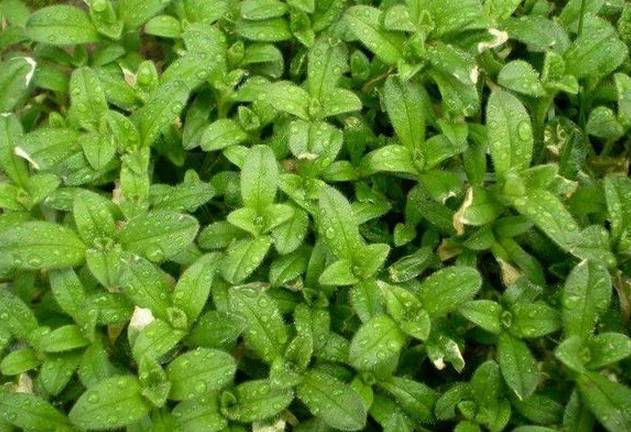
Motherwort (Yi Mu Cao)
Motherwort can be used as a whole herb, with effective components including leonurine, and various alkaloids and benzoic acid. It has a bitter and cool taste. It invigorates blood circulation, regulates menstruation, dispels stasis, relieves pain, promotes urination, reduces swelling, and detoxifies. It is used for irregular menstruation, dysmenorrhea, amenorrhea, postpartum hemorrhage, abdominal pain due to stasis, kidney pain, edema, and hematuria.
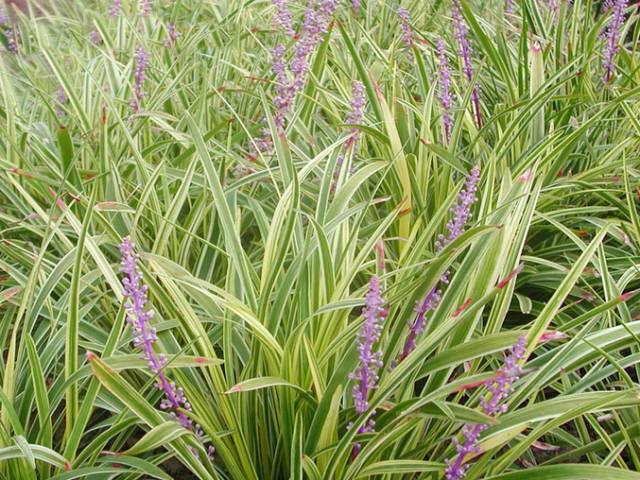
Cassia Seed (Jue Ming Zi)
The seeds can be used as a medicinal herb, known for their eye-brightening effects. The commonly mentioned Cassia Seed tea is made from it. The mature fruit is harvested in autumn, dried, and the seeds are extracted. Cassia Seed has a bitter, sweet, and salty taste, with a slightly cold nature. It enters the Liver, Kidney, and Large Intestine meridians. It moistens the intestines, promotes bowel movements, lowers lipids, and brightens the eyes, treating constipation, hyperlipidemia, and hypertension.

Cnidium (She Chuang Zi)
This medicinal herb warms the kidneys, strengthens yang, dries dampness, dispels wind, and kills insects. It is used for impotence, cold uterus, cold damp leukorrhea, and damp bi syndrome; externally, it treats vulvar eczema, vaginal itching, and trichomonas vaginitis.
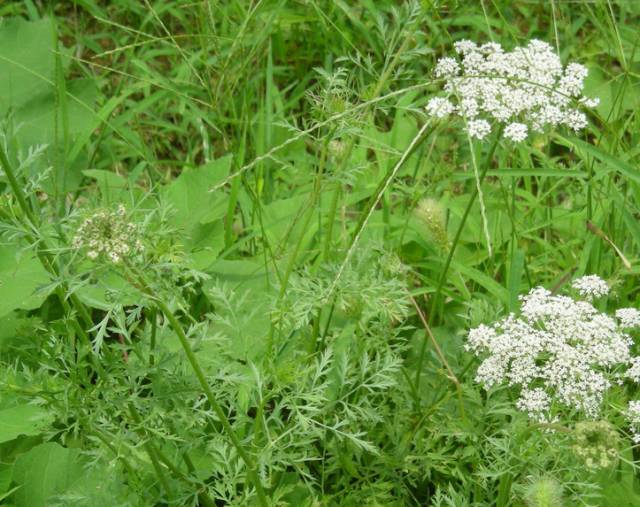
Gynostemma (Jiao Gu Lan)
Gynostemma is abundant in the wild, especially in the south, where it is valued and known as southern ginseng. It is used for physical weakness, fatigue, sperm deficiency, leukopenia, hyperlipidemia, viral hepatitis, chronic gastroenteritis, and chronic bronchitis.
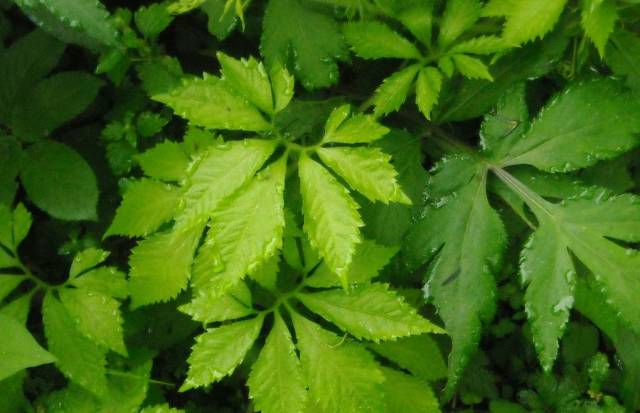
Purple Clover (Zi Yun Ying)
The honey from Purple Clover is well-known, cultivated in many regions of China, and is an important green manure crop and livestock feed. The roots, whole herb, and seeds can be used medicinally, having effects of dispelling wind, brightening the eyes, strengthening the spleen, boosting qi, detoxifying, and relieving pain.
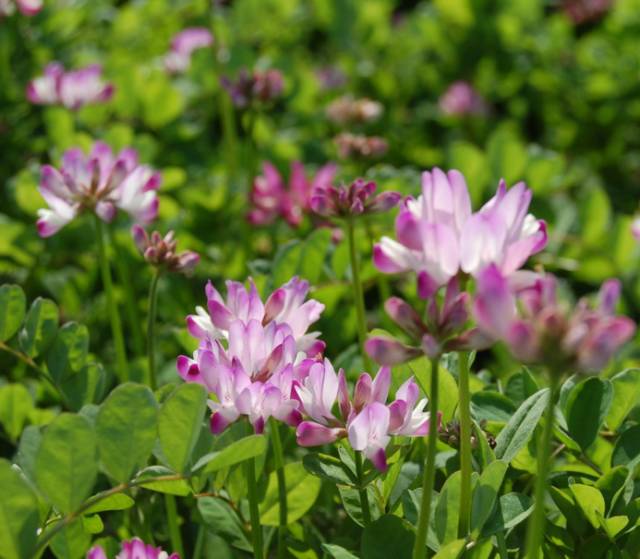
Shennong tasted hundreds of herbs to discover the essence of traditional Chinese medicine. It is hard to imagine how many trials our ancestors went through to find so many common yet miraculous medicinal herbs.
However, it is important to remind everyone to use these herbs under the guidance of a physician, as all medicines have some toxicity, and caution is necessary!

